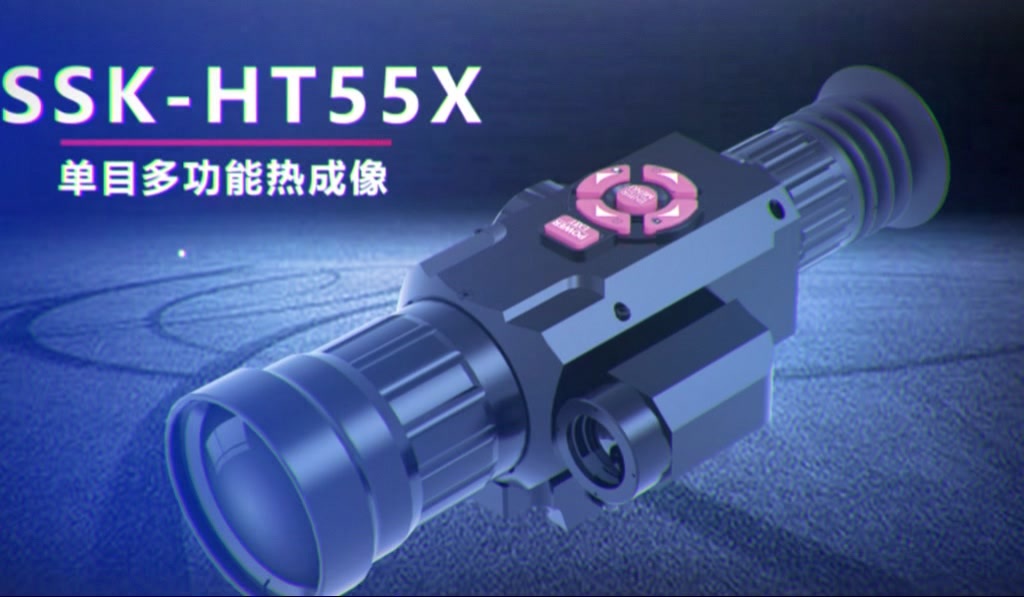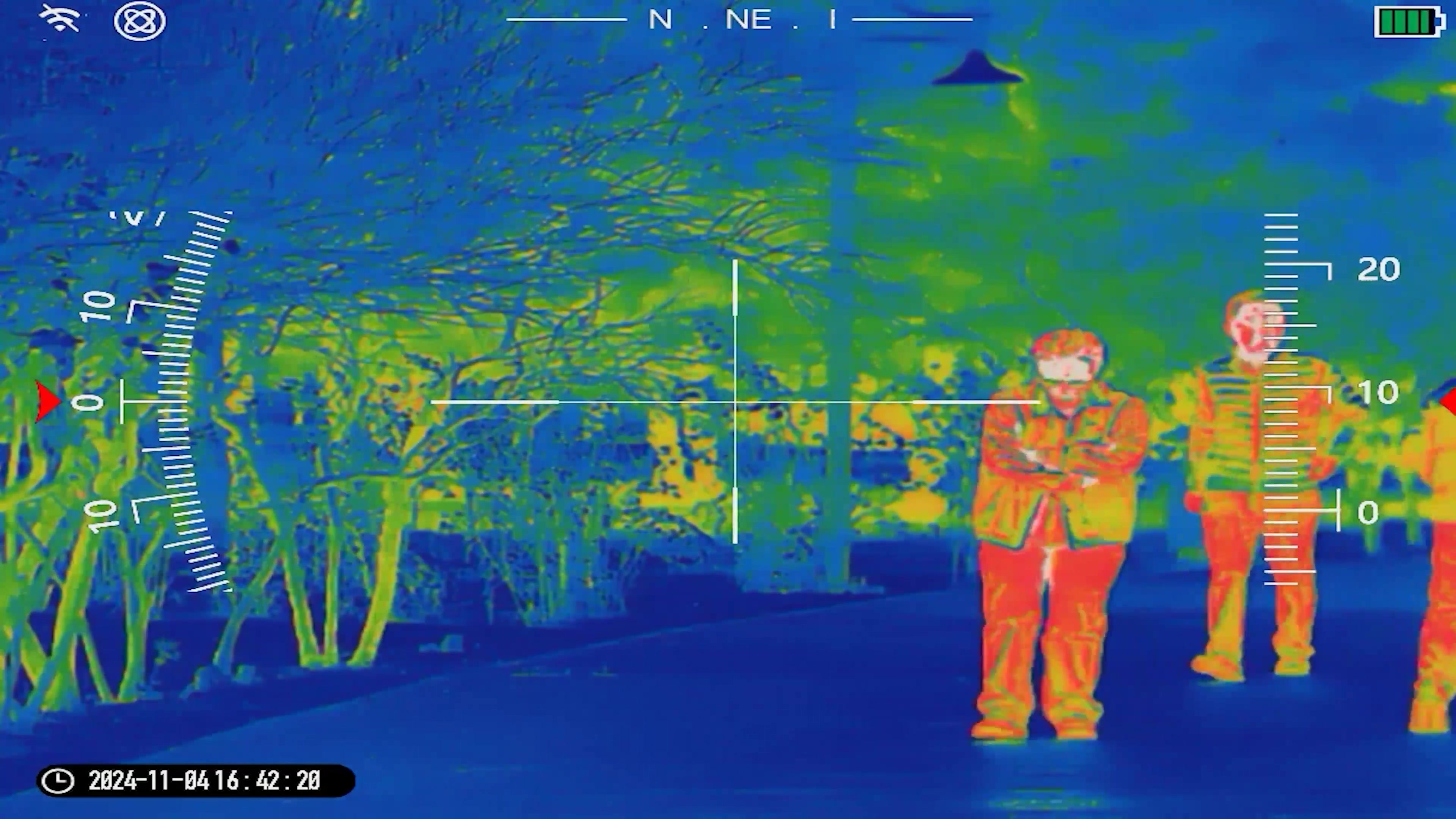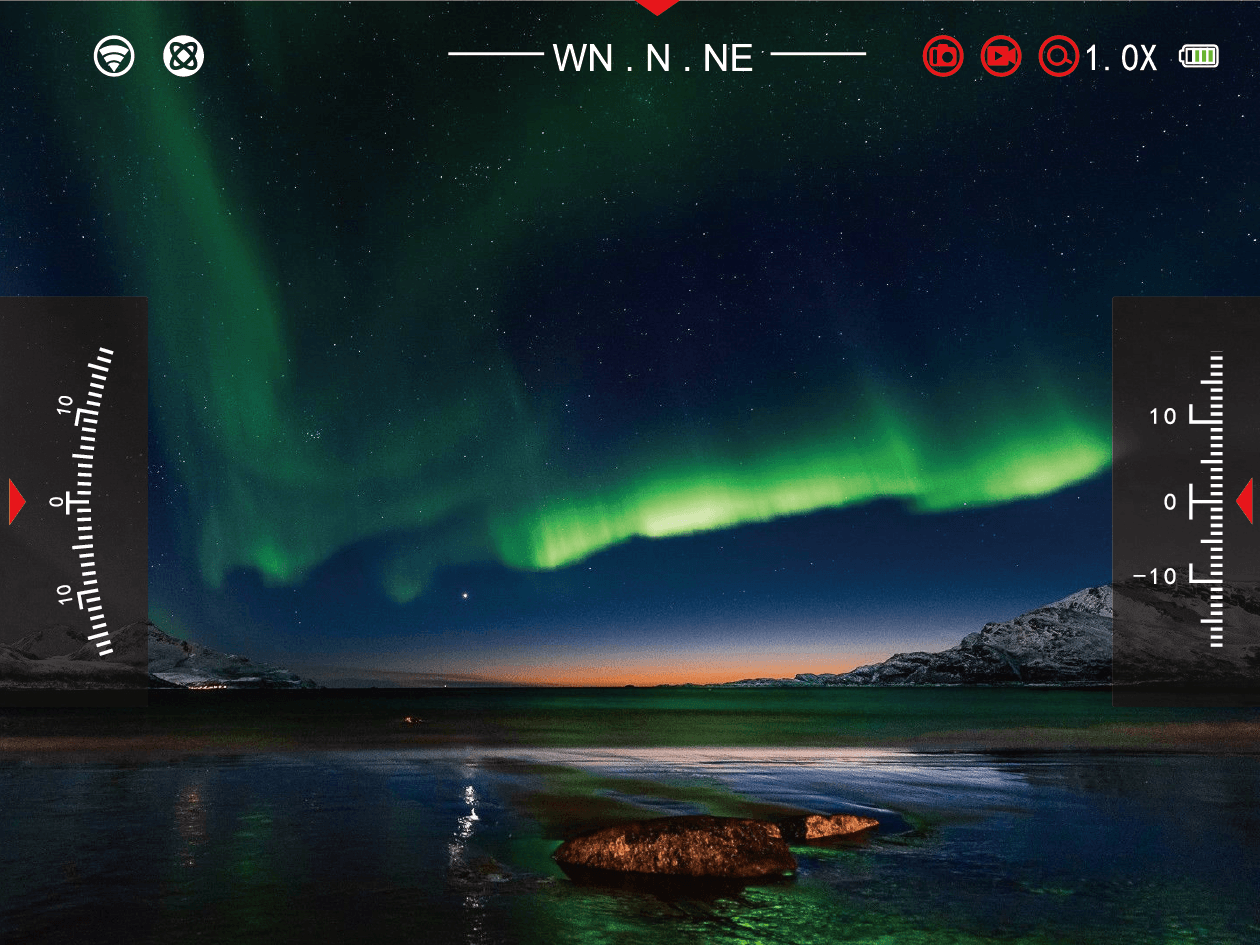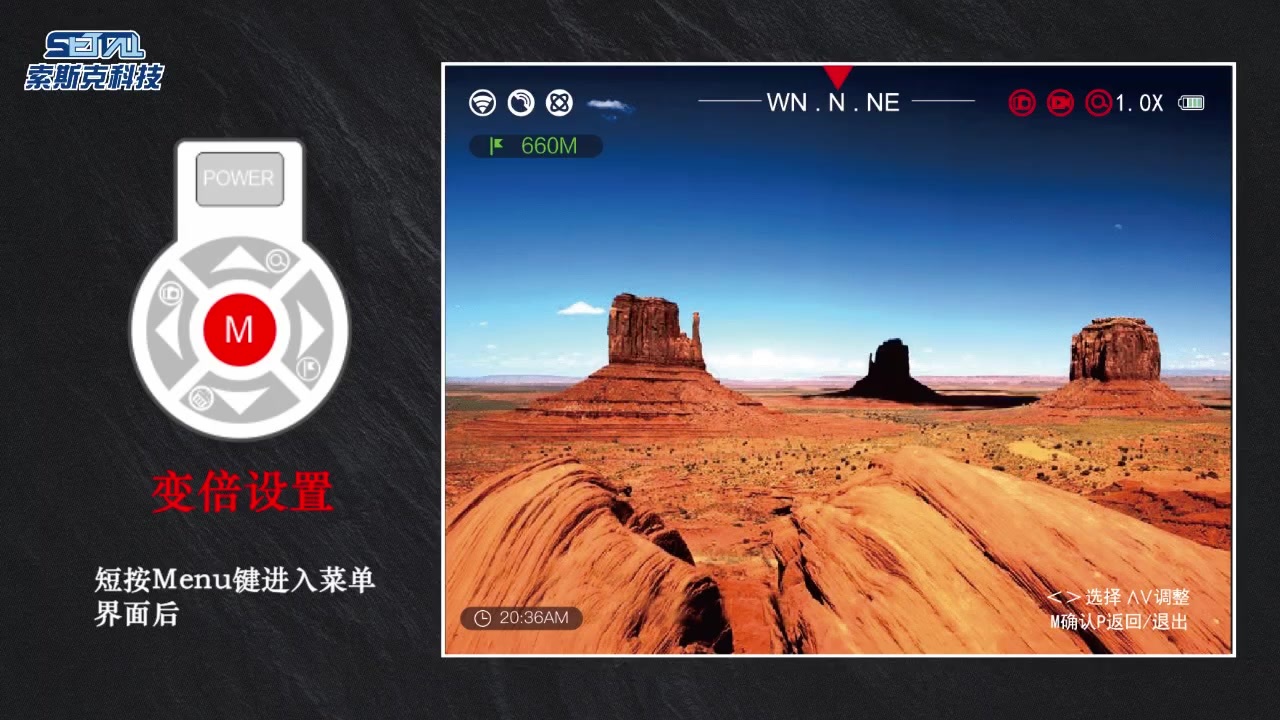Solution
Handheld gas nuclear radiation
All-in-one solution
System solutions
Portable green laser bird repellent
System solutions
Solution
Photovoltaic and wind power complementary wireless monitoring
System solutions
Road vehicle overheating warning
System solutions
Laser-based bird deterrent system
System solutions
Bird detection, monitoring, and dispersal
System solutions
Mountain maintenance monitoring
System solutions
New generation of coastal defense
Solution
Photovoltaic and wind power complementary wireless monitoring
System solutions
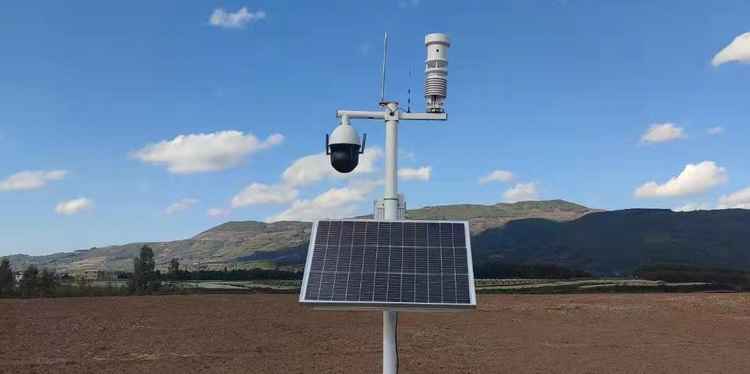
System Overview
The wind-solar complementary wireless monitoring system solution uses wind and solar energy as its primary power sources. It incorporates a highly efficient and lightweight lithium battery energy storage system to power the monitoring equipment, storing any surplus electricity in the battery. This allows for self-sufficient energy generation even without a conventional power source, making it particularly suitable for remote and off-grid applications. Based on wind power generation, solar power generation, and batteries, it powers front-end monitoring equipment, effectively solving the problem of "difficulty in obtaining electricity." Utilizing a 4G/5G data card addresses network needs, enabling convenient transmission of video streams from the front-end cameras to the video fusion and sharing intelligent monitoring platform.
Core Functions
The wind-solar complementary wireless monitoring system consists of a solar power generation system, a wind power generation system, a power management subsystem, a battery system, a camera system, a video recording system, a data transmission system, and other auxiliary subsystems. The overall system architecture diagram is as follows:

As shown in the system architecture diagram, the solar and wind power generation systems, the power management system, and the battery subsystem constitute the power supply part of the entire system, while the data transmission subsystem, the camera subsystem, and the video recording subsystem constitute the working part of the entire system. Other auxiliary subsystems refer to related optional functions, such as on-site detection, control, lighting, intrusion detection, and mechanical support components.
Wind-Solar Complementary Power Generation System
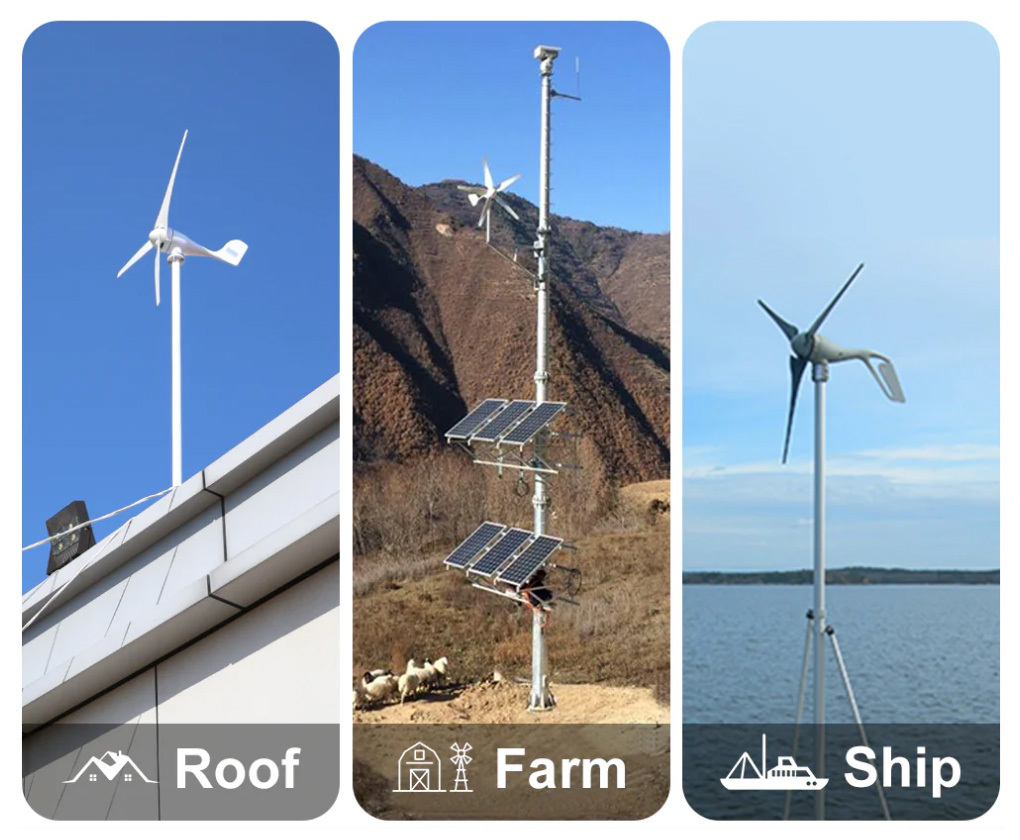
Solar and wind power generation are the energy sources for the entire system. When the electricity generated by solar energy has a surplus after supplying the entire system, the complementarity of wind and solar energy resources is utilized to achieve all-weather power generation, compensating for the shortcomings of insufficient power supply in outdoor conditions and extending the battery charging and replacement cycle.
Wind Turbine Input Power: 200W
Solar Input Power: 200W × 2
Battery Rated Voltage: 12V
Output Power: 400W, 12V
Controller: High-quality wind-solar complementary controller
Image and Data Transmission System
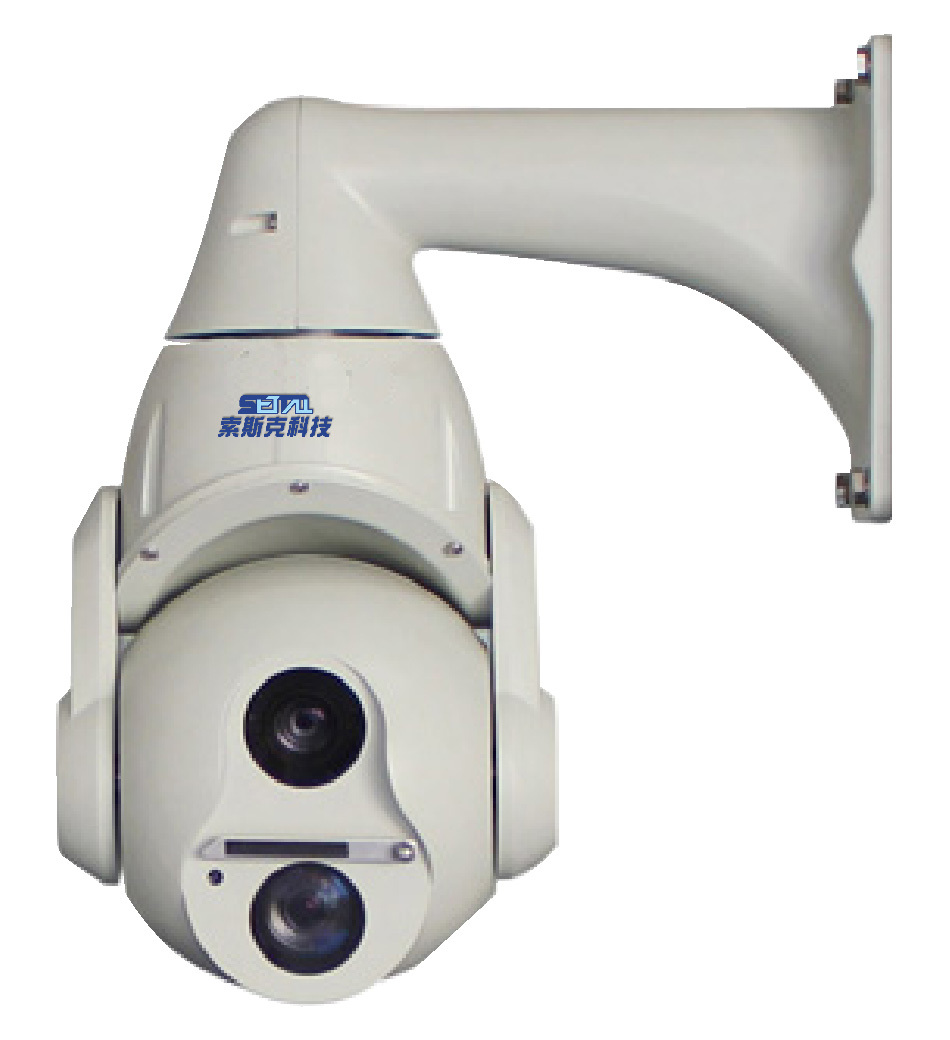
Video System—Beijing Sosuke Laser PTZ Camera SSK/NW-HD230
Product Features: Infrared light, 3D digital noise reduction
Day/Night Mode: Automatic ICR color to black
Imaging Device: 1/1.8-inch CMOA+S
Effective Pixels: 2 million
Lens Parameters Focal Length: 36x optical zoom, 6x digital zoom
Horizontal and Vertical Range: Horizontal 360°, Vertical -20°-90°
Laser Illumination Distance: 500 meters
Resolution: 1920 × 1080
Built-in SD card slot, maximum 128G
Product Weight: 8kg
Smart Detection: Face detection, intrusion detection, crowd detection, fast-moving object detection, object left detection, object taken detection, motion detection, video occlusion detection, etc.
Preset Monitoring Points: Up to 300
Network HD: Supports mainstream million-level digital HD all-in-one chip and HD SENSOR to achieve high-definition image acquisition, compatible with mainstream HD platforms and seamless docking, supports up to 1080P output, supports dual-stream and high-definition snapshots, and supports IE browsing.
Technical Highlights
Network Communication and Remote Monitoring
The intelligent video surveillance system can unify and manage a large number of distributed network monitoring devices in complex network environments such as LANs, public networks, and private networks, and can provide real-time remote video monitoring, video recording, video playback and storage, alarms, voice intercom, PTZ control, platform cascading, and other rich video capabilities. In terms of network transmission, the platform supports devices to transmit video streams quickly through 4G, 5G, wired, etc. After the video stream is processed by the platform, it can be distributed in multiple formats, enabling viewing on multiple display terminals (computers, large screens, video walls, mobile devices, etc.).
Video Recording and Playback
The platform can perform 7*24H recording according to business scenarios, supporting cloud recording/device recording, and supporting video retrieval and playback. Monitoring video recording data can be stored in multiple ways, and supervisors can view video recordings at any time, conduct random checks and playback, and review videos of abnormal events and trace them.
GIS Electronic Map
The EasyCVR monitoring platform supports GIS electronic map mode. Based on the latitude and longitude information of the monitoring cameras, it presents the overall security deployment in the scene in a visualized map way, allowing managers to conveniently and quickly call up the monitoring video images of the points.
Device Management and Status Monitoring
The platform can centrally access and manage all devices in all areas, supporting multi-level grouping of device trees, permission/role allocation and management, etc. The front-end nodes are network cameras, which maintain IP communication and heartbeat maintenance with the EasyCVR video platform. EasyCVR can monitor the running status of the devices in real time, and can issue alarm information for devices with abnormal operation.
Access Control
The EasyCVR security monitoring platform has clear access control and user role management. For different permissions, users can log in to the web end with different permissions to control and preview real-time monitoring images, and view video materials, etc.
Applicable Scenarios
Real-time Monitoring: The system can collect, transmit, and process monitoring data in real time, providing managers with timely and accurate information.
Storage and Analysis: The collected data can be stored locally or in the cloud for subsequent query and analysis, providing data support for decision-making.
The solution can be widely used in scenic spot monitoring, road video monitoring, forest fire prevention monitoring, telecommunications and mobile base stations, power transmission tower monitoring, hydrological monitoring, water conservancy facility monitoring, river video monitoring, reservoir dam monitoring, fishery and pastoral area monitoring, farmland irrigation monitoring, mountain flood disaster early warning, oilfield and oil well monitoring, oil pipeline metering monitoring, border outposts, wildlife protection, environmental pollution monitoring, and other scenarios.
Summary
The advantages of the wind-solar complementary monitoring point solution lie in its energy saving and environmental protection, low operating cost, high reliability, and good stability. First, this solution can fully utilize natural energy, avoiding the problem of continuous charging required by traditional monitoring systems. Second, the wind-solar complementary monitoring point solution can adjust the operation of the monitoring system in real time according to the changes in natural energy, greatly reducing maintenance costs. In addition, the wind-solar complementary monitoring point solution can also improve the service life of the monitoring system, reduce the failure rate, and ensure the normal operation of the monitoring system.




